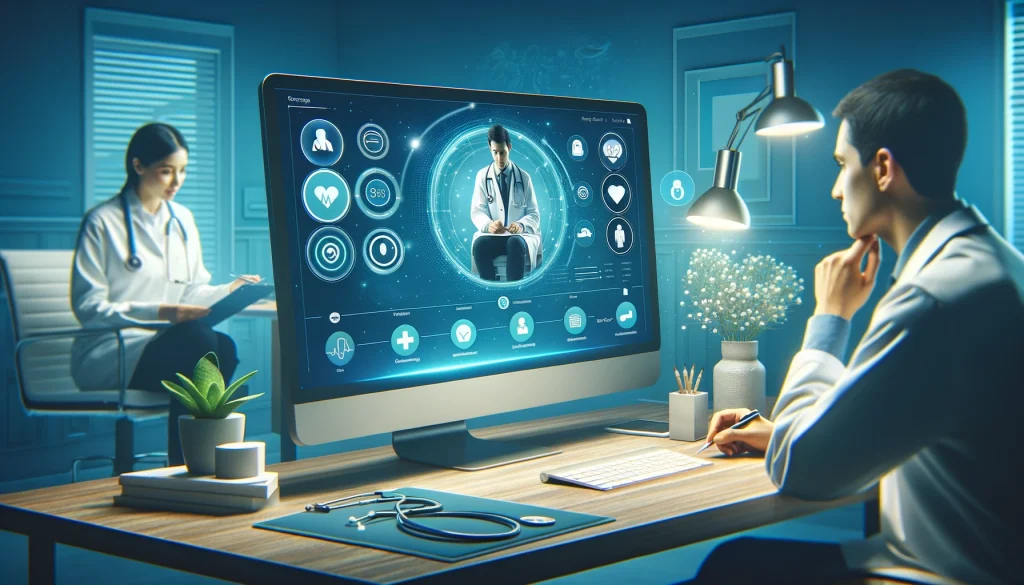Telemedicine platforms are digital solutions that enable healthcare providers to deliver remote medical care and consultations to patients using telecommunications technology, such as video conferencing, secure messaging, and virtual visits. These platforms facilitate remote diagnosis, treatment, monitoring, and follow-up care, allowing patients to access healthcare services from the comfort of their homes or other convenient locations. Here are some key features and benefits of telemedicine platforms:
Video Consultations:
Telemedicine platforms allow healthcare providers to conduct live video consultations with patients in real-time. Video visits enable face-to-face interactions, allowing healthcare providers to assess patients’ symptoms, discuss treatment options, and provide medical advice remotely.
Secure Messaging and Chat:
Telemedicine platforms offer secure messaging and chat functionality that allows patients to communicate with healthcare providers asynchronously. Patients can ask questions, request prescription refills, share photos or documents, and receive timely responses from their healthcare providers.
Virtual Visits and Follow-Up Care:
Telemedicine platforms support virtual visits for follow-up appointments, post-operative care, chronic disease management, and routine check-ups. Virtual visits eliminate the need for patients to travel to healthcare facilities, reducing transportation costs and inconvenience.
Remote Monitoring and Home Health Devices Integration:
Some telemedicine platforms integrate with remote monitoring devices and home health devices, allowing patients to track vital signs, blood glucose levels, medication adherence, and other health metrics from home. Healthcare providers can remotely monitor patients’ health status and intervene as needed.
Appointment Scheduling and Reminders:
Telemedicine platforms offer features for scheduling virtual appointments, managing appointment calendars, and sending appointment reminders to patients via email or SMS. Automated appointment reminders help reduce no-show rates and improve patient engagement.
Electronic Prescriptions and Referrals:
Telemedicine platforms enable healthcare providers to electronically prescribe medications, order laboratory tests, and refer patients to specialists or other healthcare providers as needed. Electronic prescriptions and referrals streamline the care coordination process and enhance patient safety.
Integration with Electronic Health Records (EHR):
Many telemedicine platforms integrate seamlessly with Electronic Health Record (EHR) systems, allowing healthcare providers to access patient medical records, review past encounters, and document virtual visits directly within the EHR interface. EHR integration promotes continuity of care and ensures accurate documentation.
Patient Education and Remote Monitoring:
Telemedicine platforms provide resources and educational materials to help patients manage their health conditions, understand treatment plans, and make informed decisions about their care. Remote monitoring features enable healthcare providers to track patients’ progress and outcomes remotely.
HIPAA Compliance and Security:
Telemedicine platforms adhere to strict security standards and compliance regulations, including the Health Insurance Portability and Accountability Act (HIPAA). They incorporate encryption, user authentication, data privacy controls, and secure data transmission protocols to protect patient information and ensure confidentiality.





